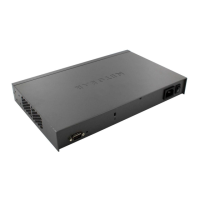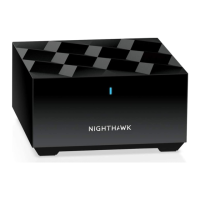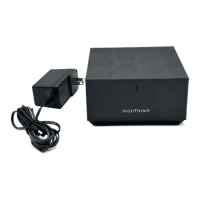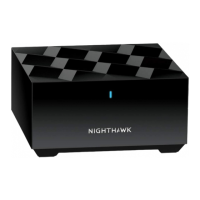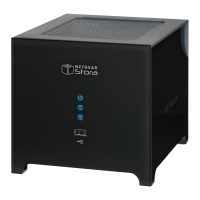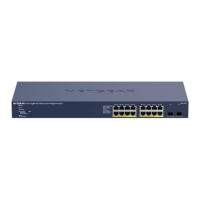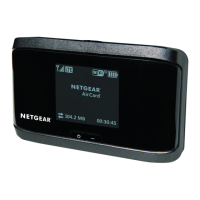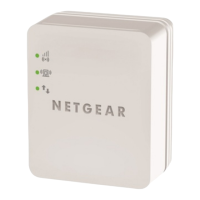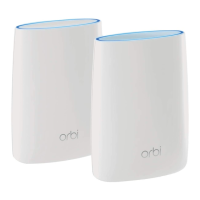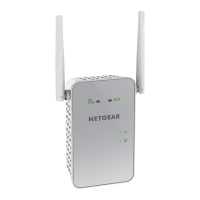Quality of Service Commands
302
M4100 Series ProSAFE Managed Switches
Parameter Description
{deny | permit} Specifies whether the IP ACL rule permits or denies the
matching traffic.
every Match every packet.
{icmp | igmp | ip | tcp | udp |
<number>}
Specifies the protocol to match for the IP ACL rule.
<number> can be a value from 0-255.
<srcip> <srcmask> Specifies a source IP address and source netmask to match
for the IP ACL rule.
eq {<portkey> | <0-65535>}
Note: This option is available only if the protocol is tcp or udp.
When eq is specified, an IP ACL rule matches only if the Layer
4 port number is equal to the specified port number or port key.
You can enter the port number, which ranges from 0-65535, or
the port key, which can be one of the following keywords:
For tcp protocol: bgp, domain, echo, ftp, ftp-data, http,
smtp, telnet, www, pop2, or pop3.
For udp protocol: domain, echo, ntp, rip, snmp, tftp,
time, or who.
Each of these keywords translates into its equivalent port
number.
Note: Port number matches-only apply to unfragmented or
first fragments.
Note: You can specify a port key or port number for the source
and a port key or port number for the destination.
<dstip> <dstmask> Specifies a destination IP address and netmask for match
condition of the IP ACL rule.
[precedence <precedence> | tos
<tos> [<tosmask>
] | dscp <dscp>]
Specifies the ToS for an IP ACL rule depending on a match of
precedence or DSCP values using the parameters
precedence <precedence>, tos <tos>, or dscp
<dscp>.
<tosmask> is an optional parameter.
log Specifies that this rule is to be logged.
[rate-limit <1-4294967295>
<1-128>]
Specifies the allowed rate of traffic as per the configured rate
in kbps (from 1-4294967295) and burst-size in kbytes (from
1-128).
time-range <time-range-name> Allows imposing a time limitation on the ACL rule as defined by
the parameter <time-range-name.> If a time range with the
specified name does not exist and the ACL containing this
ACL rule is applied to an interface or bound to a VLAN, the
ACL rule is applied immediately. If a time range with specified
name exists and the ACL containing this ACL rule is applied to
an interface or bound to a VLAN, the ACL rule is applied when
the time-range with specified name becomes active. The ACL
rule is removed when the time-range with specified name
becomes inactive.
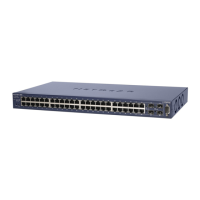
